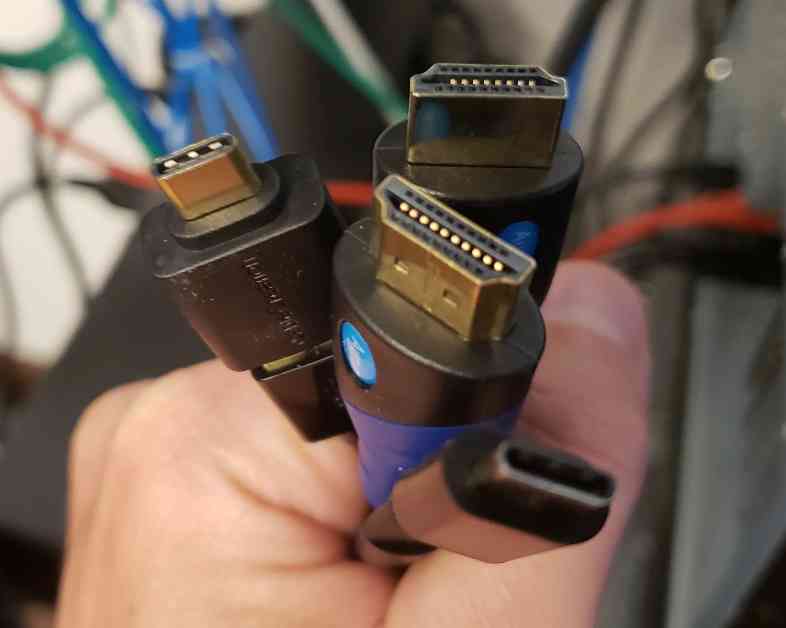Queued up over the past month in preparation for the upcoming Linux 6.13 kernel cycle is the initial support for Xe3 graphics found with Panther Lake processors. The Xe3 graphics driver support patches have been slowly coming in, and the final drm-intel-next pull before the Linux 6.13 merge window has now included the necessary support to activate a display connected to Xe3 LPD graphics with Panther Lake.
Although the Intel Panther Lake integrated graphics support is still in its early stages and considered experimental for Linux 6.13, it is hidden behind the “force_probe” parameter. These next-gen processors are not expected to be released for another year. However, the recent inclusion in the Direct Rendering Manager (DRM) subsystem’s “-next” branch for Linux 6.13 allows for the activation of a display when connected to Xe3 graphics.
Intel Linux engineer Jani Nikula mentioned in the latest drm-intel-next pull request, “The final drm-intel-next pull towards v6.13. The big item is Pantherlake display enabling. The platform itself is only supported by the xe driver, but display support comes from i915 display. We’re also making continuous progress on separating i915 display from i915 core code, but this requires quite a bit of refactoring. Eventually, this will make ‘i915 display’ more clearly a shared ‘Intel display’ for both i915 and xe.”
In addition to the Panther Lake Xe3 LPD display enabling, this latest pull request also introduces DBUF overlap detection for Lunar Lake and later, fast set mode on HDR info-frame changes, as well as various fixes and code improvements.
The Linux 6.13 merge window is set to open later this month, with the stable Linux 6.13 kernel expected to be released in February. The Panther Lake support in Linux 6.13 is off to a promising start, showcasing the continuous advancements in graphics support for Intel processors. The integration of Xe3 graphics with Panther Lake processors marks a significant step forward in providing enhanced display capabilities for future Intel devices. This progress highlights the ongoing commitment to refining and optimizing graphics performance within the Linux ecosystem.













